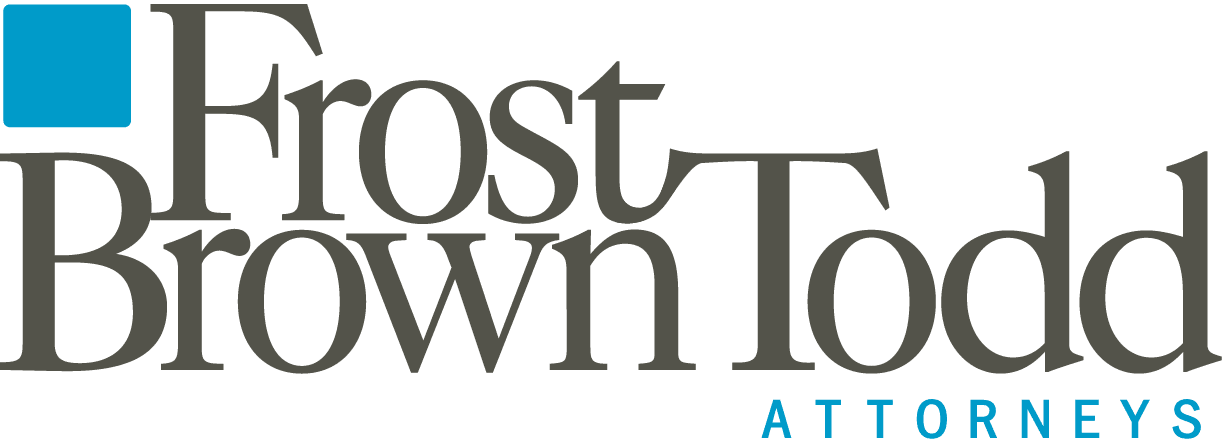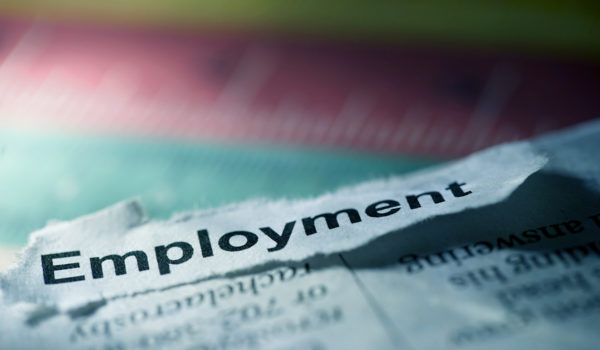Although COVID-19 is creating unprecedented disruptions in business and society, companies still have legal compliance obligations, not the least of which is Form I-9 compliance. Aggressive I-9 enforcement remains a cornerstone of the Trump administration’s immigration policy, and failure to fully comply can subject businesses to hefty fines. COVID-19 implicates two significant I-9 issues: (1) what are a company’s I-9 obligations in the event of a temporary layoff and recall; and (2) how can companies properly complete Section 2 of the I-9, requiring reviewing a new employee’s original documents in person, in the age of office closures and social distancing?
I-9 Obligations Surrounding Layoffs and Recalls
An employer must complete Form I-9 within three days of the date of hire for all new employees. There are, however, some exceptions to this rule in the case of rehires and employees recalled from layoff.
The I-9 regulations in 8 C.F.R. § 274a.2(b)(1)(viii)(A)(3) provide that “[a]n employer will not be deemed to have hired an individual for employment if the individual is continuing in his or her employment and has a reasonable expectation of employment at all times.” The regulations further provide that an individual continuing in his or her employment after being laid off due to lack of work can be exempt from the I-9 obligations that trigger upon an individual being “hired for employment.”
Whether a laid-off employee, at all times during the layoff, had an objectively reasonable expectation of reemployment depends on a variety of factors. The regulations offer a non-exhaustive list of factors to consider, including:
- The individual in question was employed by the employer on a regular and substantial basis. A determination of a regular and substantial basis is established by a comparison of other workers who are similarly employed by the employer;
- The individual in question complied with the employer’s established and published policy regarding his or her absence;
- The employer’s past history of recalling absent employees for employment indicates a likelihood that the individual in question will resume employment with the employer within a reasonable time in the future;
- The former position held by the individual in question has not been taken permanently by another worker;
- The individual in question has not sought or obtained benefits during his or her absence from employment with the employer that are inconsistent with an expectation of resuming employment with the employer within a reasonable time in the future. Such benefits include, but are not limited to, severance and retirement benefits;
- The financial condition of the employer indicates the ability of the employer to permit the individual in question to resume employment within a reasonable time in the future; or
- The oral and/or written communication between employer, the employer’s supervisory employees and the individual in question indicates that it is reasonably likely that the individual in question will resume employment with the employer within a reasonable time in the future.
- C.F.R. § 274a.2(b)(1)(viii)(B)
Because the COVID-19 pandemic is a unique event out of the employer’s control, and if the employer communicates a stated intent to rehire the employees once business operations return to normal, employees laid off due to a COVID-19-related business slowdown or temporary business closure likely have an objectively reasonable expectation of reemployment such that a new I-9 would not be required upon recall from the layoff. In this situation, employers are not required to take any action related to I-9 forms for employees recalled after normal business operations resume. (Note that employers should be cautious about communications related to the intent to recall employees from layoff and should not guarantee that some or all employees will be recalled or promise recall by a certain date.)
Note also that a separate provision permits an employer to use a prior I-9 if they rehire an employee for any reason within three years of the employee’s termination date. In this case, the employer must review the prior I-9s to ensure the employee’s work authorization has not expired. This means the employee’s legal work authorization—not necessarily the documents evidencing work authorization (so, for example, a U.S. citizen’s work authorization never expires even if their passport that proved their citizenship has expired). If the employee’s work authorization is still valid, the employer can rehire the worker without completing a new I-9, but they are obligated to update Section 3 of the I-9 with the rehire date. This option is simpler as it requires no analysis of whether the employee’s expectation of reemployment was objectively reasonable, but this option does, however, require the employer to take an action to update all the affected I-9s upon rehire.
Physically Inspecting Documents During the COVID-19 Emergency
Section 2 of the I-9 requires that an employer representative, within three days of hire, review in person a new hire’s original document submitted to establish the employee’s identity and work authorization for I-9 purposes. Review of employee documents by email, scans, video, or some other remote means is ordinarily prohibited, and would not meet the requirements of the law. Employers hiring remote employees or employees working from home in areas where the employer does not maintain operations have historically tackled this problem by designating a third-party or independent agent to review the new hire documents and complete Section 2 of the I-9 as anyone, not necessarily just a company’s employee, may serve as the company’s representative for this purpose (although it is highly recommended that the reviewer be someone conversant or trained in I-9 compliance to make sure the I-9 is properly completed). This approach may not help during the current widespread shelter-in-place orders and practice of social distancing.
To that end, the Department of Homeland Security (DHS) recently announced that requirements to physically inspect new hire documents are being temporarily waived (https://www.ice.gov/news/releases/dhs-announces-flexibility-requirements-related-form-i-9-compliance). The suspension of the physical inspection requirement is narrow, however, and only applies to businesses operating remotely. Where a business still has employees coming into the normal place of business, the usual I-9 compliance rules apply. Where a business is partially shut down, or the new-hire employees are working from home, DHS will consider waivers on a case-by-case basis. Note there is no waiver application process – DHS will, in the event of an I-9 audit, consider whether businesses had properly met the criteria to waive the physical inspection I-9 requirements.
For businesses eligible to invoke the , an I-9 must still be completed for all new employees within three days of hire, and the company representative should review the new hire documents remotely, e.g. reviewing scanned copies of documents, faxes, documents presented over video conference, etc., to determine if the documents appear genuine. Copies of the presented documents should be retained even if the employer normally does not and is not required to retain copies of I-9 documents.
The waiver of the physical inspection requirement will be in place for 60 days from the date of the announcement on March 20, 2020, or for three days after the termination of the state of National Emergency, whichever comes first. Businesses must, within three days of the end of the waiver period, physically inspect all new hire documents and update the impacted I-9s. Employers should record “documents physically examined,” along with the date of examination, and list “COVID-19” as the reason for the physical inspection delay. The updates should be made in the “additional information” field of Section 2, or in Section 3, as appropriate.
If you have any questions about I-9 compliance, immigration, or employment issues please contact Matthew O. Wagner or any member of Frost Brown Todd’s Immigration and Labor & Employment groups.

